If it’s in a word, or in a look. You can’t get rid of The Babadook’.
Jennifer Kent’s stylish psychological thriller/horror move has to be one of my favourite Australian films in recent years.
The movie details an arresting, polished performance by Essie Davis as we witness her struggle with severe sleep deprivation, a child with behavioural problems and the anniversary of the death of her husband who was killed driving Essie’s character, Amelia to the hospital as she’s about to give birth.
Amelia, who on the surface appears a gentle, sweet-natured mother – she takes out her elderly neighbour’s garbage bins, works with the elderly in a nursing home and defends her son’s violent behaviour at his school – is repressing some powerful energies.
She is sexually repressed and unable to find any relief. She has an increasingly strangely behaved son who demands attention day and night. She is creatively repressed (we see her reading late at night The Artist’s Way by Julia Cameron) and in the movie she reveals that she did some writing (including a children’s book – which gives food for thought of the original author of The Babadook book). She is repressing the memory of her husband’s decapitation in the car accident at the most pivotal time of her life – in labour. To be in a sacred birth-giving moment and undergo the horror of your husband being killed in front of you has had a severe psychic savage blow to her being. Most troubling of all – Amelia does not love her son; she blames him for her husband’s death. All these energies have been pushed deep inside Amelia to emerge as The Babadook – a monster released through the reading of a red book with increasingly violent childlike drawings.
Every time I read of a mother who commits maternal filicide I feel a combination of revulsion and deep pity that somehow a bridge has been crossed. A taboo has been severed and I wonder how events escalated to such a degree that nobody was able to prevent the tragedy. I speculate about the inner monsters that formed around the mother which eventually pushed her over the edge. The Babadook represents our own darkest urges and repressions. As Samuel, Amelia’s child chillingly points out, ‘you can’t get rid of The Babadook’. Once he grows under your skin, he must be either released, acknowledged and tamed. I won’t reveal what happens to Amelia’s Babadook to avoid spoilers, but there is a cautionary tale for all of us in this cracker of a psychological Australian film.
I love a movie that acknowledges the dark power of words and storytelling and isn’t afraid to examine darker issues. Samuel, played beautifully in a debut performance by Noah Wiseman, utters the heart-breaking cry at one point, ‘You don’t love me, but I love you!’ The cry uttered by many children who are victims of abusive parents.
Mothers of small children will see themselves in Essie’s chronically sleep-deprived performance and will empathise with Amelia trying to cope with it all. There are recognisably familiar amusing scenes at pampered children’s birthday parties and children behaving wildly in cafes.
The set design is beautifully lit and the whole movie looks fabulous and polished. I fell in love with the house in the movie with its grey walls, checkerboard floors and original kitchen fittings.
My own criticism is that last third could have done with a few cuts in the writing and editing, as for my tastes it strayed too far into Exorcist territory and tipped the movie into Horror more than Psychological Thriller. A tighter edit would have elevated the movie to the standard of classics such as Nicolas Roeg’s adaptation of Daphne du Maurier’s Don’t Look Now, Peter Weir’s adaptation of Joan Lindsay’s Picnic at Hanging Rock or Polanski’s Repulsion.
But it’s a fabulously simple idea which works well with the small but expert cast. Even the supporting characters seem to have backstories . Lovely to see Hobart boy Ben Winspear, making it two Tasmanian actors in the film.
Tasmanian-raised Essie Davis has long been my favourite Australian actress. You can read my previous post (and see the photo where I finally met her again HERE)
So thrilled to see this collaboration with writer/director Jennifer Kent (a NIDA friend of Essie’s) make it to the big screen. We desperately need more Australian movies of this calibre. Jennifer’s short film MONSTER was the genesis for The Babadook.
The illustrations of The Babadook add to the eerie horror and were sketched by American illustrator Alexander Juhasz.
A magical, haunting, dark fairytale for modern times, a cautionary tale for all of us who supress our darker urges and our creative longings. And a sly reminder that the darkest monsters lie not under beds or within wardrobes, but in ourselves.
Beware of your own Babadook.
After the movie I walked along King Street with my movie date friends in Newtown and watched strangers dance together in the street to a Gypsy van. We needed the slight burst of gaiety after the dark journey we had just shared.
If this movie sounds your cup of tea, please make time to see it and support Australian filmmaking. If you enjoyed this review, please share with your social networking friends and spread the cyber-love.
In Love and Light
Josephine xx
Babadook’s Official Site HERE
Good article on the making of The Babadook and a a link to MONSTER HERE
[wysija_form id=”1″]
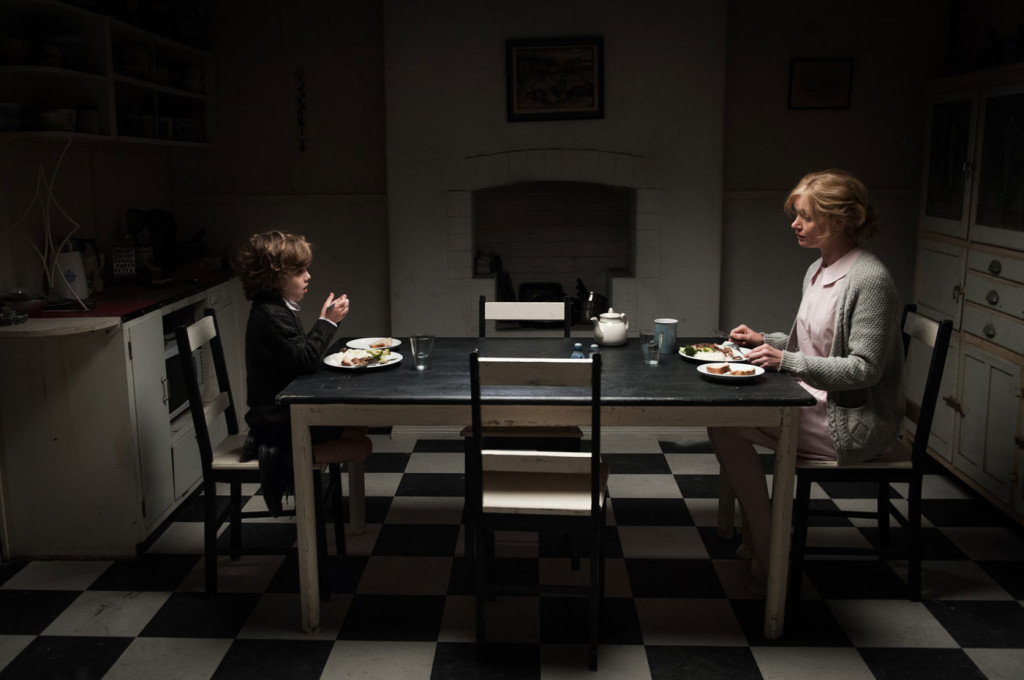
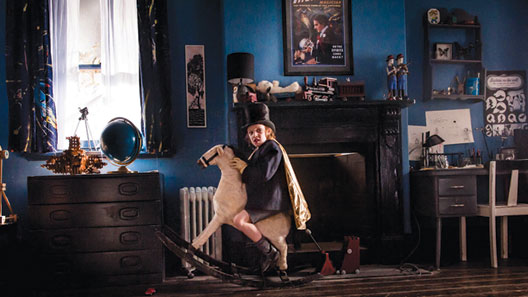

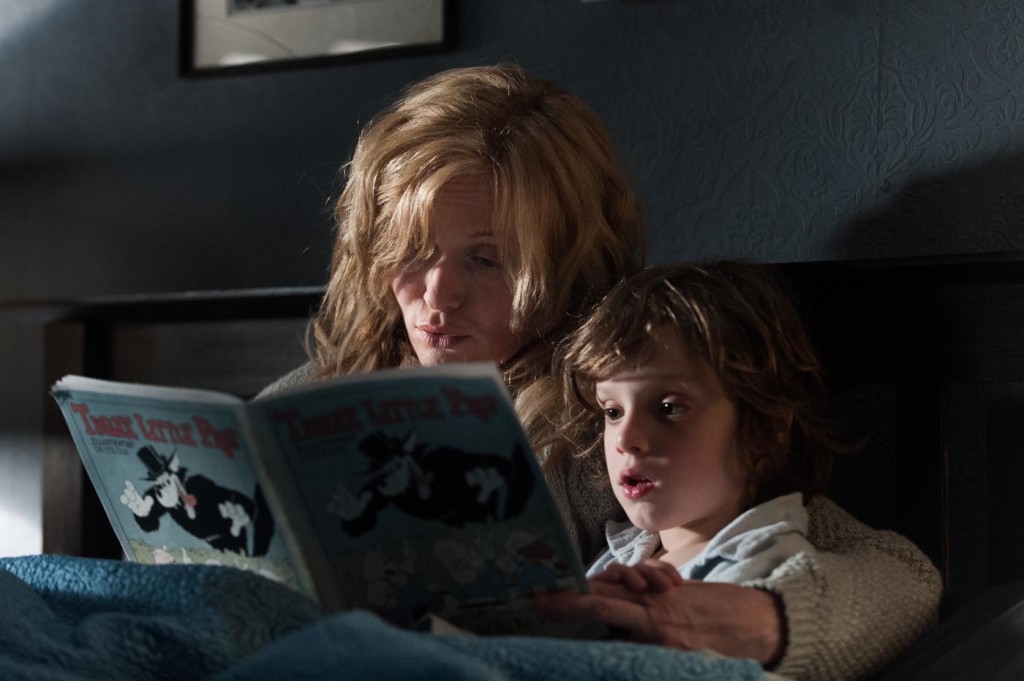
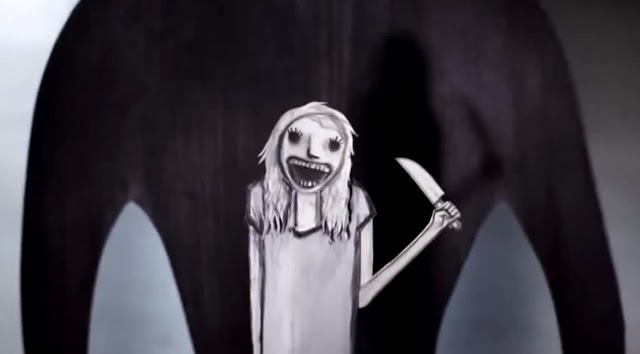
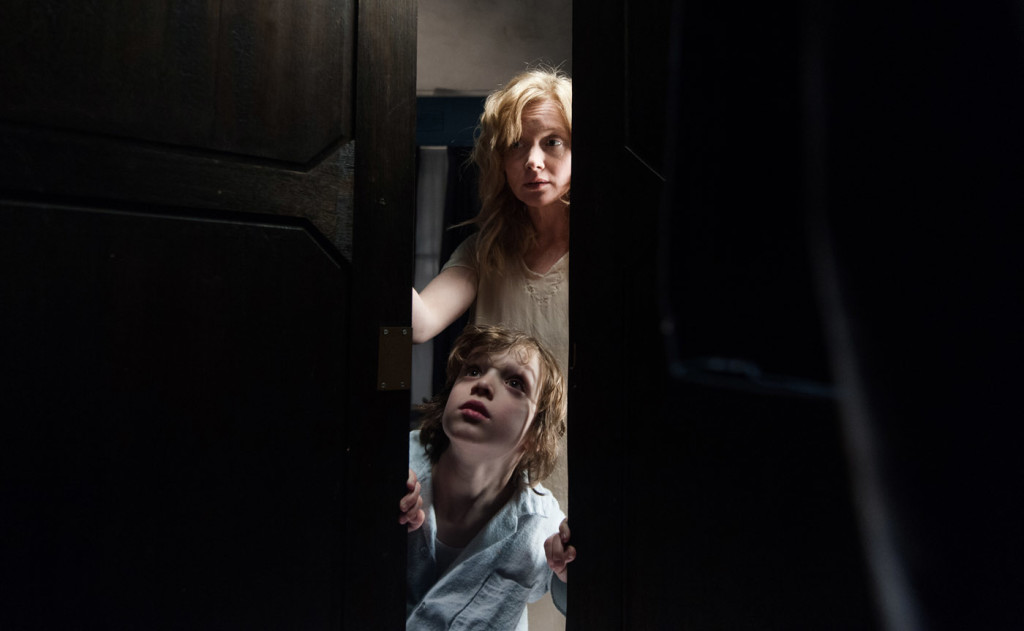
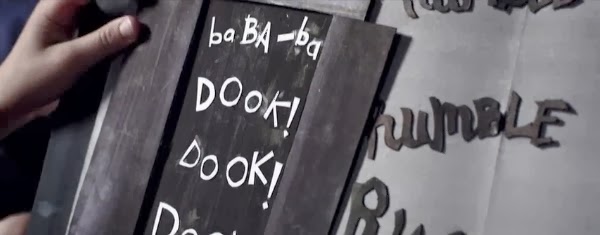
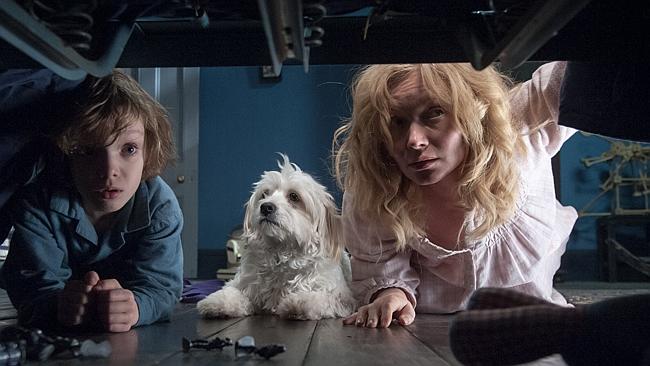

I always felt that the Babadook was basically a metaphorical embodiment of Amelia’s repressed filicidal tendencies which is a a result of her husband’s brutal and grotesque death and how it coincided with her child’s birth. On top of that, we have her almost complete isolation and Sam’s unusual behavior problems.
This repressed frustration, grief and anger manifests itself as the Babadook.